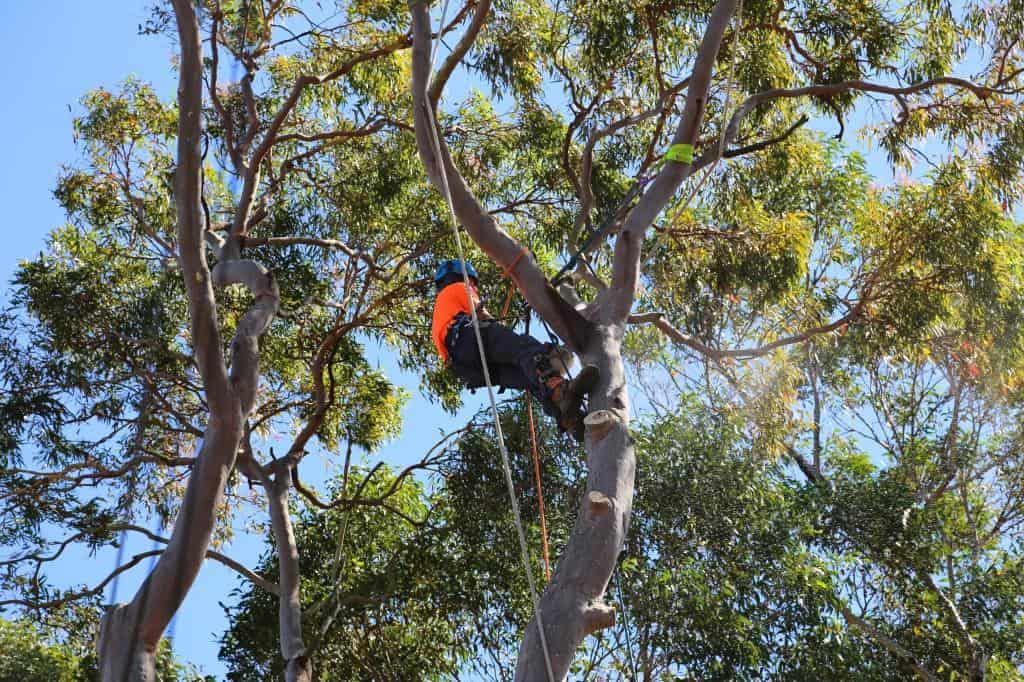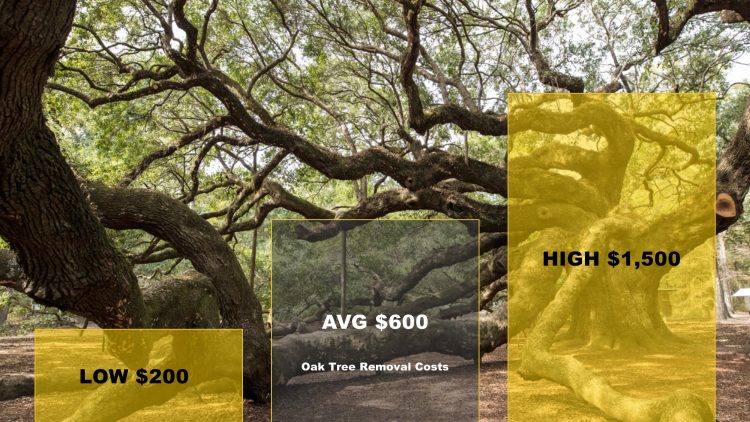Featured
Table of Contents
- – How To Budget For An Stump Grinding In Cheroke...
- – Tree Removal Costs In Cherokee, IA
- – Cherokee, IA Arborist Red Flags: Pricing Edit...
- – Comparing Cherokee, IA Tree Clearing: Prices
- – Cherokee, IA Arborist Success Stories: Costs
- – Temporary Stump Removal Costs In Cherokee, IA
- – Cherokee, IA Tree Trimming Ratings
- – Unbiased Cherokee, IA Tree Cutting Reviews
- – Breaking Down Tree Service Pricing In Cherok...
- – Summer Tree Clearing Pricing In Cherokee, IA
- – Cherokee, IA Tree Clearing Price Analysis
- – Ultimate Guide To Stump Removal Costs In Che...
- – Home Tree Cutting Costs In Cherokee, IA
- – Cherokee, IA Tree Clearing: Hourly Rates
- – How Much Does A Stump Removal Cost In Cherok...

The subsections below provide more comprehensive info about pricing, including an average variety for each. TypeAverage Elimination CostPineConiferPalmMagnoliaArborvitaeAshCedarSweet GumEucalyptusSycamoreCypressOakMaplePoplar You can anticipate to pay between to eliminate a pine, depending upon its size. Eliminating a pine is among the more inexpensive jobs unless it is one that has been around for years and is rather large.
How To Budget For An Stump Grinding In Cherokee, IA
Pines likewise have a tap root that grows deep into the soil, which can prove to be harder to remove. The process itself includes an expert cutting the tree, clearing the base, cutting the surface area roots, getting rid of the stump, and lastly treating the soil. Without an expert hand, you run the risk of leaving pine seedlings behind, which will fall from the roots of distressed pines.
Tree Removal Costs In Cherokee, IA
The U.S. national average for conifer elimination is around to have the conifer lowered, transported away, and the stump ground or removed entirely. Conifers are normally easier to get rid of, and even though they can grow quite tall, they do not cost a fortune to get rid of. Conifers include pine, spruce, fir, and juniper trees.
Cherokee, IA Arborist Red Flags: Pricing Edition
While conifers are beautiful, they eliminate native plants and certain types of grass (arborist). The average cost of palm elimination depends on the height as much as the type, varying from.
Comparing Cherokee, IA Tree Clearing: Prices
That is why it is necessary to understand which type you are eliminating. While you do not require an herbicide to kill a palm tree, there are some steps your elimination professional will have to require to make sure the job is done correctly. There are 2 ways they can eliminate them: by chopping them down or digging them up.
Cherokee, IA Arborist Success Stories: Costs
This is since little animals like rats and scorpions often reside in them. Plus, lots of types will have spikes, too. From there, they remove the real tree and then the stump. Anticipate to pay in between to remove this kind of tree, depending on the exact size and details of the job.
Temporary Stump Removal Costs In Cherokee, IA
There are three types: green, white, and black ash. With its gray-tinged bark, its leaves are green or purple in the spring and golden yellow or purplish-red in the fall.
Cherokee, IA Tree Trimming Ratings

The bark is softer, and it flowers later in the year - tree clearing. Due to the variation in height, the elimination cost variation is wide from. A coniferous, evergreen tree, the cedar is a hardy types. True cedars delight in higher altitudes, primarily in the Mountain ranges and the Mediterranean. A true cedar can grow as high as 160 feet in height and is frequently planted in the United States as a landscape alternative.
Unbiased Cherokee, IA Tree Cutting Reviews
The development of false cedars differs from 50 feet as much as 230 feet high. Homeowners might pay anywhere from, depending on the roots. With star-shaped leaves and stunning fall colors, the sweet gum is considered a medium to big tree. Delighting in full sun, the sweet gum can not endure pollution.
Breaking Down Tree Service Pricing In Cherokee, IA
It has a huge root base of 40 to 50 feet, which affects the removal cost. Normally, it costs in between to eliminate a eucalyptus. Eucalyptus are not common all over, but they are rather big compared to others, which is why even the smaller sized ones are so costly to eliminate. Originally from Australia, eucalyptus are invasive plants that grow in thick groves that take out native plants.
Summer Tree Clearing Pricing In Cherokee, IA
There are a handful of ways to do this, consisting of burning, pulling, grinding, or killing them with herbicide. Anticipate to pay in between to get rid of sycamores, based upon the height, trunk size, and amount of work included. Sycamores are among the biggest wood trees, usually varying from 60 to 100 feet tall and as wide as 15 feet.
Cherokee, IA Tree Clearing Price Analysis
The first two steps will expose the insides of the tree and cut off the flow of nutrients up the trunk. From there, an expert applies herbicide to kill the tree and cuts down the trunk.
Ultimate Guide To Stump Removal Costs In Cherokee, IA
There are lots of different types of Cypress trees, but the most widespread are the Leyland, Arizona, Bald, and Italian. The Bald Cypress grows in swampy or very damp areas while the others enjoy a dry, warm, or hot environment (tree cutting). They can grow as tall as 80 to 100 feet tall
Home Tree Cutting Costs In Cherokee, IA

Prone to illness, the Cypress is one of the most prized woods for furnishings. The typical oak grows to around 60 feet, and depending on the intricacy of the elimination, it costs approximately to eliminate. The precise size of your oak and the effort required to fell it affect what you will really pay for elimination in addition to any extra services like stump grinding.
Cherokee, IA Tree Clearing: Hourly Rates
Access to the trees and the roots will also affect the general expense. Maples are usually amongst the more pricey trees to get rid of because of their size and the work involved in the elimination.
How Much Does A Stump Removal Cost In Cherokee, IA
Poplars are giants of the types. Growing as high as 90 to 115 feet, these massive timbers are generally discovered in The United States and Canada and consist of the aspen, cottonwood, and balsam trees. Boasting an expansive root system, poplars can be expensive to eliminate when completely grown. The procedure to get rid of trees involves all the trimming and cutting of the branches and trunk, bringing it down to a stump.
Table of Contents
- – How To Budget For An Stump Grinding In Cheroke...
- – Tree Removal Costs In Cherokee, IA
- – Cherokee, IA Arborist Red Flags: Pricing Edit...
- – Comparing Cherokee, IA Tree Clearing: Prices
- – Cherokee, IA Arborist Success Stories: Costs
- – Temporary Stump Removal Costs In Cherokee, IA
- – Cherokee, IA Tree Trimming Ratings
- – Unbiased Cherokee, IA Tree Cutting Reviews
- – Breaking Down Tree Service Pricing In Cherok...
- – Summer Tree Clearing Pricing In Cherokee, IA
- – Cherokee, IA Tree Clearing Price Analysis
- – Ultimate Guide To Stump Removal Costs In Che...
- – Home Tree Cutting Costs In Cherokee, IA
- – Cherokee, IA Tree Clearing: Hourly Rates
- – How Much Does A Stump Removal Cost In Cherok...
Latest Posts
Best Time To Hire A Tree Removal In Fircrest, WA
Decoding Stump Removal Estimates In Ashland, OR
Free Stump Removal Quotes In Lancaster, OH
More
Latest Posts
Best Time To Hire A Tree Removal In Fircrest, WA
Decoding Stump Removal Estimates In Ashland, OR
Free Stump Removal Quotes In Lancaster, OH